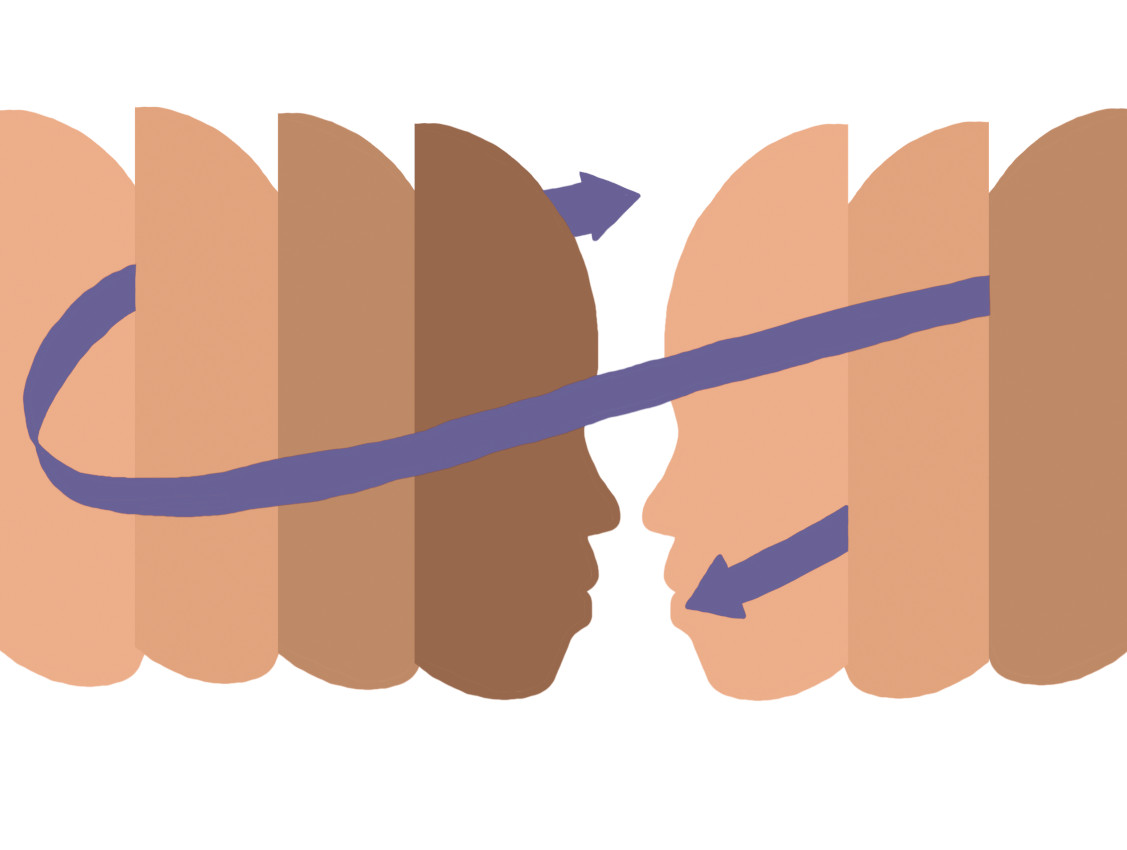Despite media controversy around critical race theory being taught in schools, two UTD professors believe it is an important topic to discuss in the classroom.
Critical race theory, or CRT, is a theoretical framework developed in legal studies during the late 1900s. It is an approach to understanding how race and racism operate within society and intersect with other forms of social oppression, such as class, gender and sexuality. Barbara Kirby, director of the pre-law advising center, said that she encountered the idea of CRT long before recent media coverage made it controversial.
“As an attorney and legal educator, I first encountered critical race theory long ago as an academic topic,” Kirby said. “And so that was my exposure to it until things kind of blew up. So now I step back with my current pre-law students to say, what is it really, and why is everyone so afraid of a theory? A very sound theory in my mind.”
CRT argues that racism is not just a matter of individual attitudes or behaviors, but is embedded in social structures and institutions and operates through implicit biases.
“I think [what] is most relevant about the theory… is the idea that … racism is a common experience … The truth of the matter is racism, sexism, and attitudes towards different ethnicities are all part of the norm,” Kirby said. “We don’t fight those attitudes unless we understand that they are ingrained into our society.”
American studies professor Syed Naqvi said that he teaches CRT in his curriculum due to how it connects society and current power structures. However, everyone has different viewpoints on the theory and its definition. There is a realm that only influences academia and another that affects schools, colleges and work environments, and Naqvi said that CRT inhabits the academic sphere.
“The way I first encountered critical race theory in practice was my master’s in education,” Naqvi said. “And when I did my master’s in education, some of the courses we took in that program were the first introduction to some of these concepts. How should one think about race in the classroom, and how has race affected the classroom? What are the power structures that exist within schools and between students?”
CRT has been applied to various disciplines beyond law, including education, sociology, political science and cultural studies. However, it has aroused political controversy, with critics arguing that it promotes divisiveness and a focus on identity politics. In Florida, Gov. Ron DeSantis and the state government have said that CRT promotes hate and discord.
“We won’t allow Florida tax dollars to be spent teaching kids to hate our country or to hate each other,” DeSantis said, according to National Public Radio.
Despite the controversy, Kirby said that if we don’t learn from history, we are destined to repeat it. She believes discussing such theories and bringing speakers to introduce the ideas is essential, as college students are mature enough to participate in discourse and work towards resolution.
“Unless we understand the areas where racism [and] sexism are systemic, then we’re not going to be able to take the actions to eliminate them,” Kirby said.





